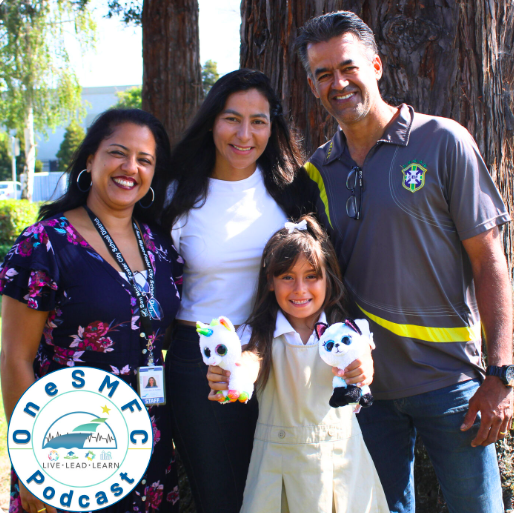
By Eugene Narciso, COO Footsteps2Brilliance
Meet Beatriz, a multilingual student in San Mateo-Foster City School District (SMFCSD). She and her family immigrated to California from Brazil in February 2023. She enjoys science and loves to sing Itsy Bitsy Spider with her mom. Beatriz started school with limited English language skills. Within only 30 days, she was functioning successfully in her English-only classroom. How?
Beatriz arrived in the United States at a unique time, when early literacy instruction is becoming more personalized, particularly for multilingual learners. Her teachers leveraged digital formative assessments and just-in-time actionable data for optimal results. SMFCSD is an excellent case study of applying Edward Deming’s continuous improvement method, or the Plan-Do-Check-Act (PDCA) cycle. Beatriz’s journey is more than a personal success story; it is an example of how utilizing Deming’s continuous improvement method and leveraging powerful data can revolutionize the way we teach reading.
Who is Edward Deming? How Does PDCA Apply to Education?
Edward Deming was an American professor at New York University. Deming introduced his Plan-Do-Check-Act cycle in the 1950s, and it has since been touted by many Western business schools and economists as one of the most significant achievements of the 20th century. The PDCA cycle emphasizes the importance of data in the continuous improvement model. So, more than seventy years later, what can Deming and his model teach us in education? Current educational assessment practices are typically reactive. They follow a “remediation” or “wait till something is wrong” perspective. Deming would tell us to flip the script. Instead of playing catch-up, education should be proactive and apply systems thinking to the entire learning cycle from start to finish.

Introducing PDCA to Early Literacy
Deming’s PDCA cycle provides a systematic approach to enhancing educational practices, making it a perfect tool for refining early literacy programs. The steps are straightforward and well-aligned to the existing practice of many educators.
Define clear, measurable literacy goals for all students, including multilingual learners like Beatriz. Determine the instructional methods that will best achieve these outcomes, setting a foundation for targeted actions.
Execute the planned teaching methods. These might include phonics games, group reading sessions, and personalized learning activities designed to engage young learners and build essential reading skills.
Regularly assess the effectiveness of the literacy strategies through quizzes, direct observations, and other formative assessments. This phase is crucial for gathering data on student progress and instructional success.
Use the insights from the assessments to make informed adjustments to the teaching strategies. This could involve introducing new materials, altering lesson plans, or providing additional support where needed.
The Power of Community and Family Support
Helping a multilingual learner like Beatriz go from entering school with limited English language skills to functioning in her English-only classroom within 30 days is not the work of just one individual. This incredible transformation took a village. SMFCSD teachers are highly trained in effective data-driven decision-making and adjusting their instruction—in the spirit of Deming’s philosophy. Moreover, SMFCSD teachers also recognize the importance of engaging families in the educational process and sharing data reports with parents. This facilitates transparent communication about students’ progress and challenges. This partnership encourages consistent support from home. You can learn more about Beatriz’s amazing story here: Our Student Speaks: How I Learned to Speak English in Just 30 Days.
What You Can Do
Integrate the PDCA 4-Step Process into your literacy programs. Involve parents and the community. By planning, doing, checking, and acting, you can drive significant improvements in education, ensuring a brighter future for all students.




